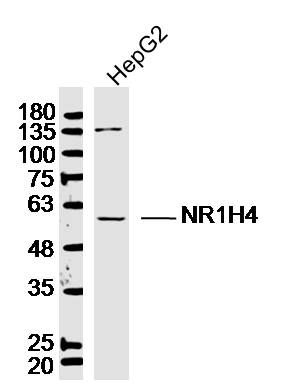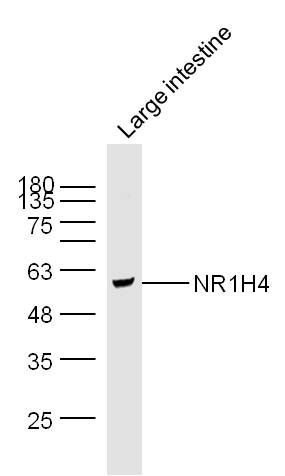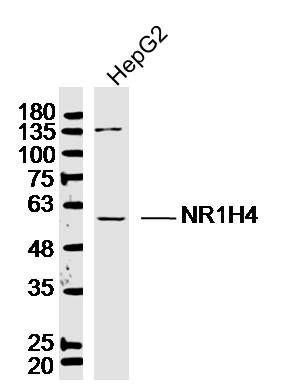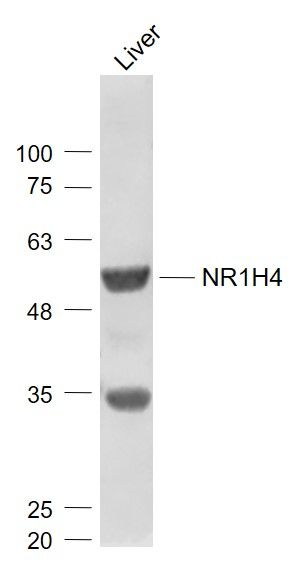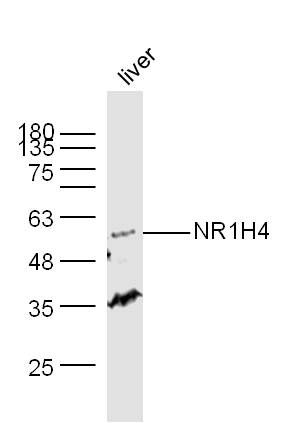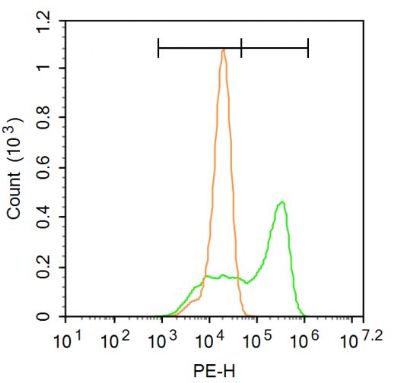[IF=2.629] Chen Lisheng. et al. Paeoniflorin Protects against ANIT-Induced Cholestatic Liver Injury in Rats via the Activation of SIRT1-FXR Signaling Pathway. Evid-Based Compl Alt. 2021;2021:8479868 WB ; rat.
[IF=4.679] Mengzhi Zou. et al. The role of invariant natural killer T cells and associated immunoregulatory factors in triptolide-induced cholestatic liver injury. Food Chem Toxicol. 2020 Dec;146:111777 WB ; Mouse.
[IF=4.545] Yong-li Hua. et al. Baitouweng Tang ameliorates DSS-induced ulcerative colitis through the regulation of the gut microbiota and bile acids via pathways involving FXR and TGR5. Biomed Pharmacother. 2021 May;137:11164 WB ; Mouse.
[IF=4.18] Li T et al. Picroside II protects against cholestatic liver injury possibly through activation of farnesoid X receptor. Phytomedicine,2019. 153153. WB ; Mouse.
[IF=4.414] Liu Y et al. Fish oil alleviates circadian bile composition dysregulation in male mice with NAFLD. J Nutr Biochem. 2019 Apr 4;69:53-62. WB ; Mouse.
[IF=3.547] Yuan Z et al. A new perspective of triptolide-associated hepatotoxicity: Liver hypersensitivity upon LPS stimulation. Toxicology. 2019 Feb 15;414:45-56. WB ; Mouse.
[IF=3.71] Zhou et al. Retinoic acid induces macrophage cholesterol efflux and inhibits atherosclerotic plaque formation in apoE-deficient mice. (2015) Br.J.Nutr. 114:509-18 WB ; Mouse.
[IF=3.77] Yang, Tingting, et al. "Early indications of ANIT-induced cholestatic liver injury: Alteration of hepatocyte polarization and bile acid homeostasis." Food and Chemical Toxicology (2017). IHSLCP ; Rat.
[IF=3.85] Li, Xiaojiaoyang, et al. "UDCA and CDCA alleviate 17α-ethinylestradiol-induced cholestasis through PKA-AMPK pathways in rats." Toxicology and Applied Pharmacology 311 (2016): 12-25. WB ; Human.
[IF=3.52] Yu, Linxi, et al. "Protective effects of SRT1720 via the HNF1α/FXR signalling pathway and anti-inflammatory mechanisms in mice with estrogen-induced cholestatic liver injury." Toxicology Letters (2016). WB ; Mouse.
[IF=3.85] Guo, Hong-li, et al. "Pyrazinamide induced rat cholestatic liver injury through inhibition of FXR regulatory effect on bile acid synthesis and transport."Toxicological Sciences (2016): kfw098. WB ; Rat.
[IF=4.4] Yu et al. SRT1720 Alleviates ANIT-Induced Cholestasis in a Mouse Model. (2017) Front.Pharmaco. 8:256 WB ; Mouse.
[IF=3.616] Zhao G et al. Adaptive homeostasis of the vitamin D–vitamin D nuclear receptor axis in 8-methoxypsoralen-induced hepatotoxicity. (2018) Toxicology and Applied Pharmacology. Jan 1;362:150-158. WB ; Rat.
[IF=8.4] Zhang, Qiankun, et al. "Effects of the fibrous topography-mediated macrophage phenotype transition on the recruitment of mesenchymal stem cells: An in vivo study." Biomaterials (2017) WB ; Mouse.
